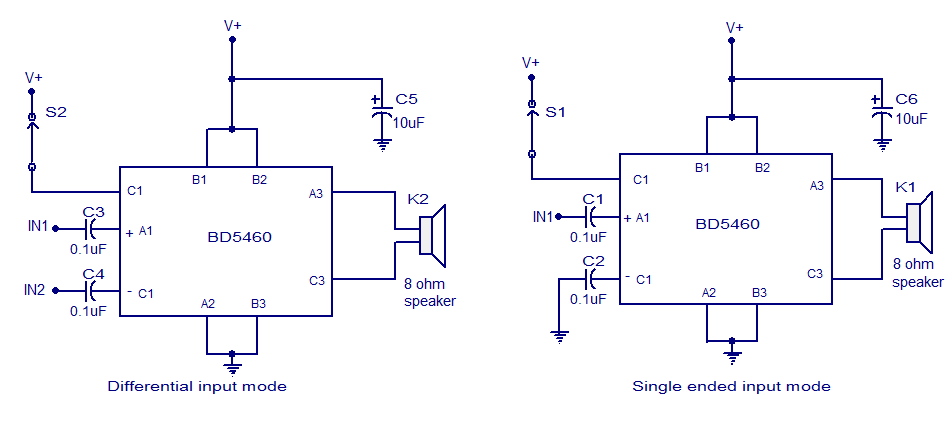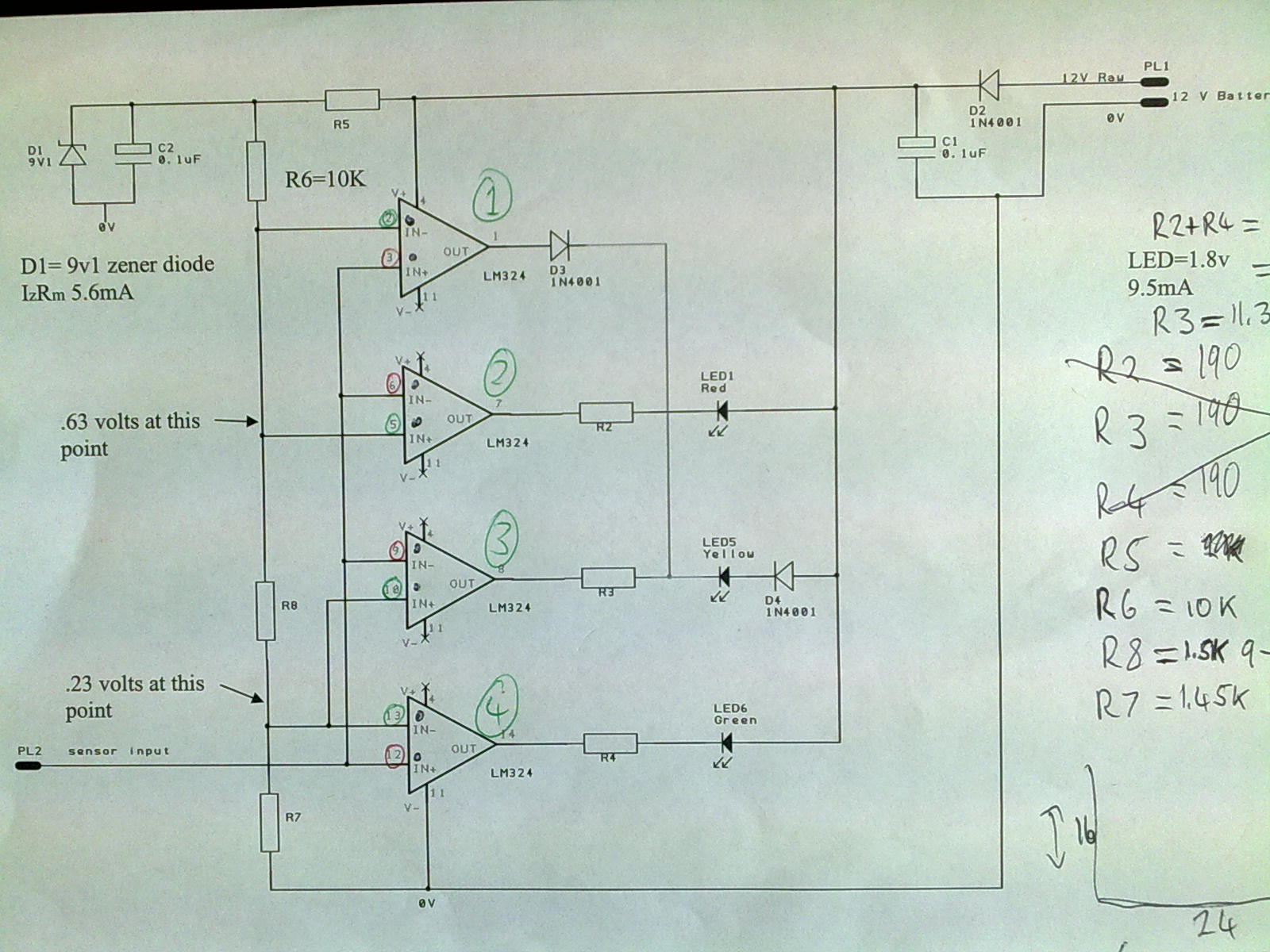
Puff to OFF LED circuit

This circuit features an LED that can be turned off with a puff of air. A condenser microphone (M1) detects the puff. When the push button switch S1 is activated, transistors Q2 and Q3, configured as a latching pair, are engaged, causing the LED to illuminate. The LED remains lit until a puff is detected by the condenser microphone, which converts the sound pressure into a voltage signal. This signal is amplified by transistor Q1. The collector of Q1 is connected to the emitter of the latching pair, causing it to stop conducting when a signal from the microphone is received, resulting in the LED turning off. The push button switch S1 must be pressed again to turn the LED back on.
This circuit design utilizes a condenser microphone as a sound sensor, which is sensitive to air pressure changes. When a user blows air towards the microphone, the resulting sound pressure generates a voltage signal. This signal is then amplified by transistor Q1, which serves as a signal conditioner to ensure that the voltage level is sufficient to influence the state of the latching pair formed by transistors Q2 and Q3.
The latching configuration allows the circuit to maintain its state (LED ON) even after the push button S1 is released. This is achieved through positive feedback, where the output of one transistor feeds into the base of the other, creating a stable ON condition. The transition from ON to OFF is triggered by the amplified signal from the condenser microphone. When the microphone detects a puff, the output voltage from Q1 effectively disrupts the latching condition, causing both transistors Q2 and Q3 to turn off, which in turn turns off the LED.
This circuit is particularly useful in applications where hands-free operation is desired, allowing users to control the LED with a simple puff of air. The design can be further enhanced by incorporating additional features such as adjustable sensitivity for the microphone, using a potentiometer in the circuit to fine-tune the threshold for detecting puffs, or integrating a delay circuit to prevent accidental triggering from ambient noise. Overall, this simple yet effective circuit demonstrates the principles of sound sensing and transistor latching in electronic design.This is a simple circuit in which the glowing LED can be switched OFF just by a puff. A condenser mic (M1) is used to sense your puff. When the push button S1 is pressed, the transistors Q2 and Q3 wired as latching pair gets activated and drives the LED to glow. The LED remains in this condition. When you puff on the condenser mic, the sound press ure is converted into a voltage signal at its output. This voltage signal will be amplified by the transistor Q1. Since the collector of the Q1 is coupled to the emitter of the latching pair, the pair will stop conducting when ever there is a signal from the condenser mic due to puffing and the LED will go OFF. The push button switch S1 has to be pressed again to switch the LED ON. 🔗 External reference
This circuit design utilizes a condenser microphone as a sound sensor, which is sensitive to air pressure changes. When a user blows air towards the microphone, the resulting sound pressure generates a voltage signal. This signal is then amplified by transistor Q1, which serves as a signal conditioner to ensure that the voltage level is sufficient to influence the state of the latching pair formed by transistors Q2 and Q3.
The latching configuration allows the circuit to maintain its state (LED ON) even after the push button S1 is released. This is achieved through positive feedback, where the output of one transistor feeds into the base of the other, creating a stable ON condition. The transition from ON to OFF is triggered by the amplified signal from the condenser microphone. When the microphone detects a puff, the output voltage from Q1 effectively disrupts the latching condition, causing both transistors Q2 and Q3 to turn off, which in turn turns off the LED.
This circuit is particularly useful in applications where hands-free operation is desired, allowing users to control the LED with a simple puff of air. The design can be further enhanced by incorporating additional features such as adjustable sensitivity for the microphone, using a potentiometer in the circuit to fine-tune the threshold for detecting puffs, or integrating a delay circuit to prevent accidental triggering from ambient noise. Overall, this simple yet effective circuit demonstrates the principles of sound sensing and transistor latching in electronic design.This is a simple circuit in which the glowing LED can be switched OFF just by a puff. A condenser mic (M1) is used to sense your puff. When the push button S1 is pressed, the transistors Q2 and Q3 wired as latching pair gets activated and drives the LED to glow. The LED remains in this condition. When you puff on the condenser mic, the sound press ure is converted into a voltage signal at its output. This voltage signal will be amplified by the transistor Q1. Since the collector of the Q1 is coupled to the emitter of the latching pair, the pair will stop conducting when ever there is a signal from the condenser mic due to puffing and the LED will go OFF. The push button switch S1 has to be pressed again to switch the LED ON. 🔗 External reference
Warning: include(partials/cookie-banner.php): Failed to open stream: Permission denied in /var/www/html/nextgr/view-circuit.php on line 713
Warning: include(): Failed opening 'partials/cookie-banner.php' for inclusion (include_path='.:/usr/share/php') in /var/www/html/nextgr/view-circuit.php on line 713





